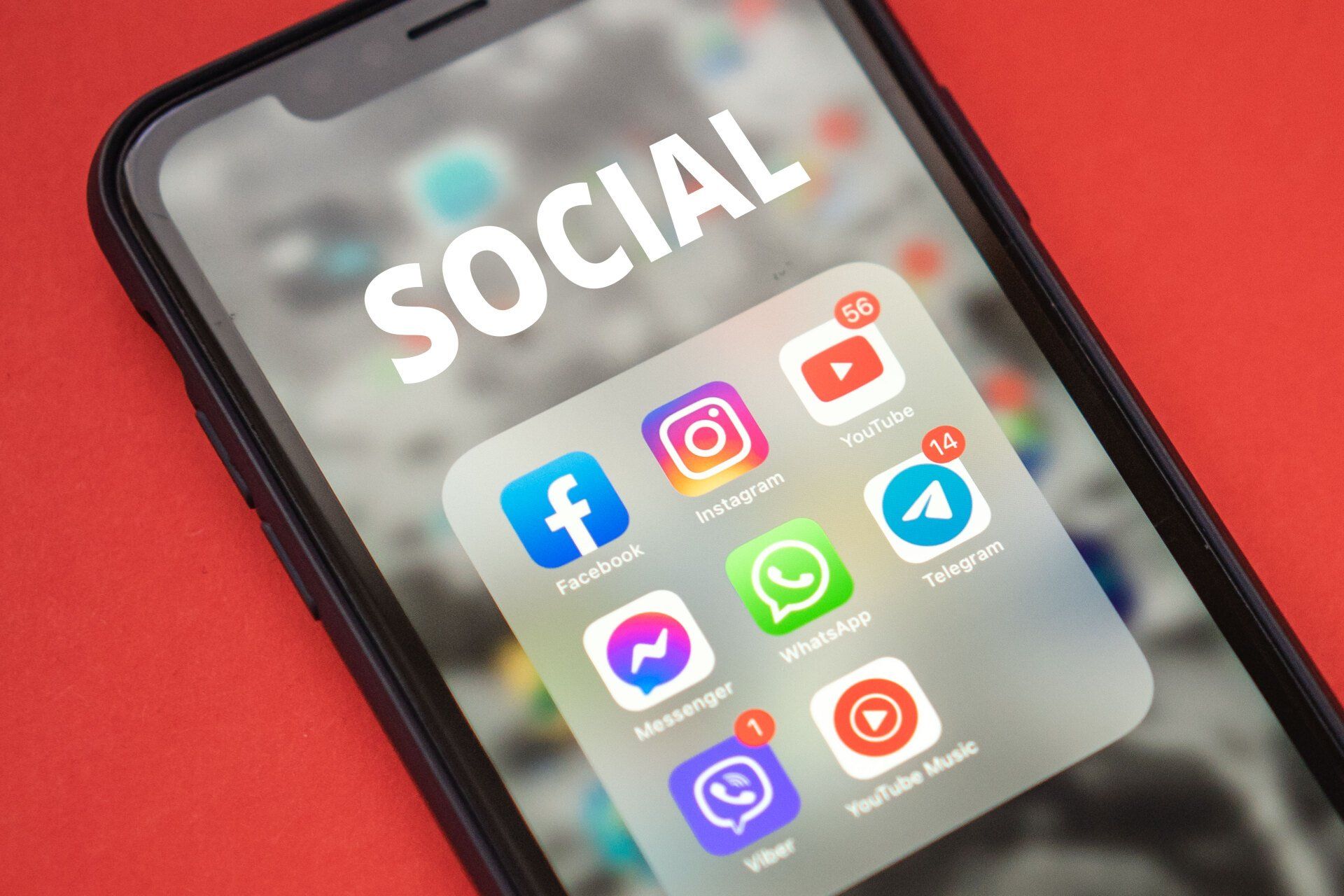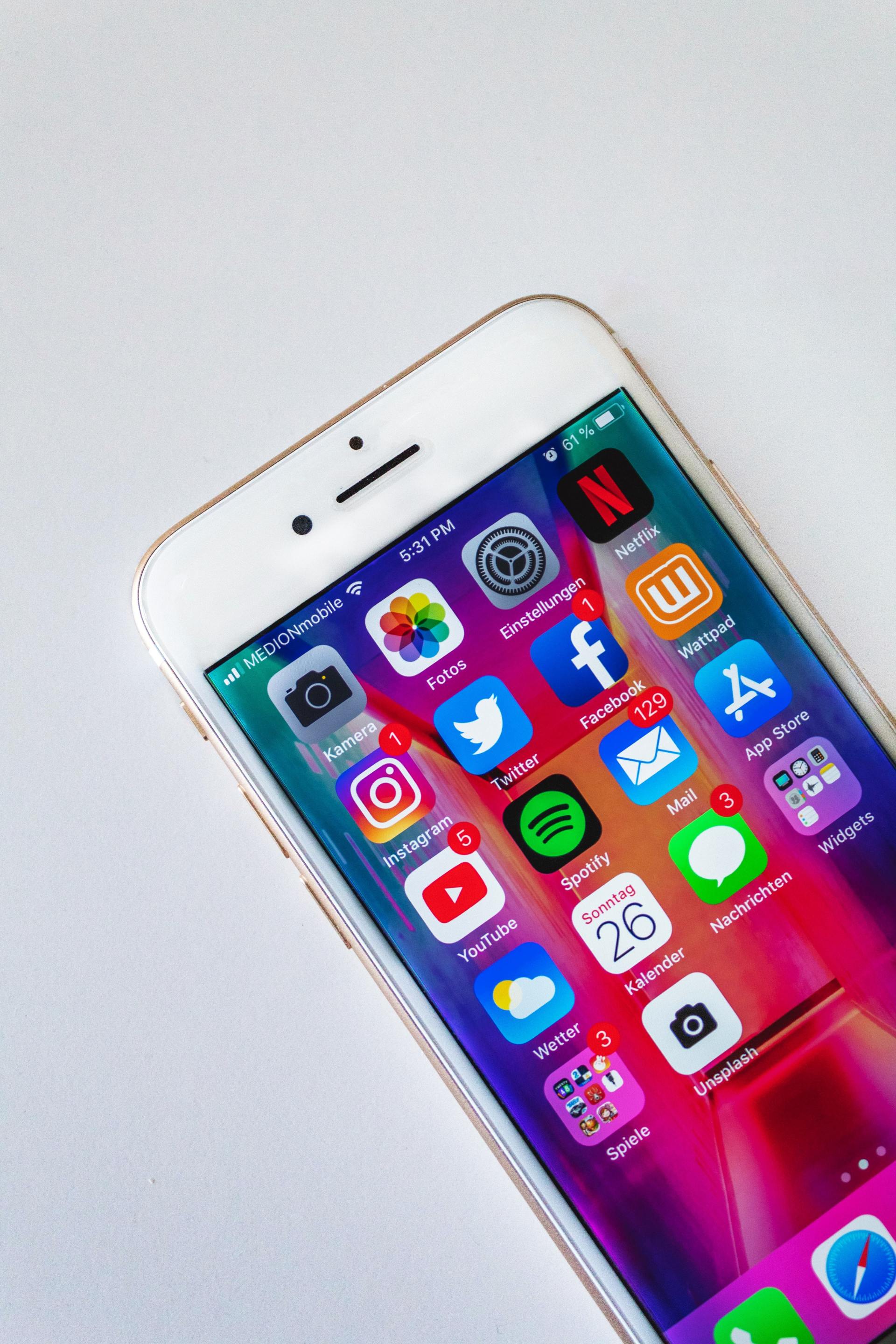What does successful marketing look like?
Josiah Martin • May 7, 2020
Discovering and leveraging the power of effective marketing.
You might have heard it said, “If you do everything everyone else does, you will get what everyone else gets.” As business owners and marketers, we want to stand out from the crowd to get our message across. The problem, however, is the marketplace is flooded with screaming vendors begging for attention. Converting the masses takes more than the usual shout, and pitch anymore. Yet, an ever-increasing mob of businesses use the exact same failed strategy. This begs the question, what does successful marketing look like?
To answer that we must first define the word, marketing. Merriam Webster defines marketing as: “The act or process of selling in a market; the process or technique of promoting, selling, and distributing a product or service.” This is what everyone thinks, but we are after something different. Regis McKenna defines it this way: “Marketing is everything!” This is more in keeping with what we are after, but too broad to be useful. Here is a definition I’ve come to like the best. “Marketing is getting someone who has a need, to know, like and trust you.” — Jon Jantsch (of Duct Tape Marketing fame).
From this final definition we see 4 components for making yourself heard…
• Identifying Your Customers (and their needs)
• Personal Connection
• Trust
• Likability
1. Identifying Your Customers
No marketing strategy can begin without the customer. After all, what good is your product or service if there is no one who will use said product or service? First step, is to engage with people, conduct your own market research. Talk to your sales team have them report what they have experienced in the field. What do their customers say about your products and what they would like to see different. Even if you are a startup or new business go out there and ask! Pretend you are a customer see what struggles they have in obtaining or using your product or service. How many steps does a customer have to take, until they can make a purchase?
There are several demographic indicators you can learn about your customers and use that information to better target them in future marketing material. For starters what is your target age group? Are your customers primarily male or female? What is your customer’s average annual income? You can learn a lot about your customers, including these questions, with a well-oiled social media presence.
Using social media effectively includes getting as many of your customers as possible to like your pages, share your posts, and leave good reviews. Employing an effective social media presence will help you generate leads, maintain the coveted “Top of Mind Awareness” status of successful companies and help you make multiple sales with your current customer base.
2. Personal Connection
Whether it’s junk mail in your mailbox or spam in your inbox, we have been conditioned to ignore form letters and sales flyers if there is nothing personal about them. It is human nature, that makes us tear open a letter from a friend and read it start to finish, while simply toss the cookie cutter sales flyers. Why? We do this because we crave connection and community, people who care about us and are interested and invested in our lives. Marketing materials that come across as pushy and canned will likely do little to create a connection and may turn potential companies off.
Very successful companies do not operate with cliché sales material that lacks a personal connection and fails to invite their potential customer into a group of people that care for them. They have found that making their customers feel cared for and respected leads to greater numbers of customers and higher dollar amounts per transaction.
Building on the knowledge of your customers your marketing material should be geared towards creating this personal connection. Whether it is mailer, sales slick, brochure, chat function on your site, a custom sales funnel or simply reaching out and talking one on one with sales leads using information you already possess; personal connections are the bridge that creates brand loyalty and keeps customers coming back again and again. They will also trust you with their family, friends and neighbors. Each personal connection you forge is a walking, talking ambassador for your brand.
3. Trust
Effective marketing can only begin with trust. This is one of the most difficult things to earn and the easiest thing to lose. Blazing ahead in the pursuit of the almighty dollar as fast as you can will alienate your clientele. According to Forbes.com, there are many startups redefining customer service in ways that larger businesses might be unable or unwilling to do and are thus taking large swaths of market share.
The fact is, people do not do business with companies they do not trust. Trust is not simply telling the truth; engaging with only facts does not engender trust all by itself. Trust is not just about objective facts it is also a feeling. By their very nature feelings are not quantifiable; however, they will inform how your customers view the facts you present. People need to feel that the facts they are hearing aren’t being presented in a deceptive way.
Creating a feeling of trust is easier said than done, but when you add the elements of identifying your customers and creating a personal connection with them. Your brand messaging also must be consistent and pervasive. What we mean by that, is having all your marketing line up with similar designs and similar messaging. This also means you need people to see your marketing efforts more than once. Ideally, the same person will see and review the same marketing advertisement no less than eight times. Research indicates eight is the magic number for a conversion. Trust both the feeling and the objective truth is found at this point and allows you to build a bridge to your customer.
4. Likeability
We buy from people we like. That is just a fact of life and the sooner your business understands that, the better. You know the type, there’s always that one guy (or gal) who can talk the birds out of the trees. They don’t seem to have trouble getting the yes from any client. Unfortunately, not every organization has someone like this, and your salesforce is considered lucky to even have one. The good news is, you don’t have to have someone like this working for you to grow likeability.
As mentioned before, creating a social media presence that is both effective and well managed can increase likeability. First, you get instant connections with your customers, if you share their good reviews and tag them in the responses, suddenly, you have a connection with their entire network. Many companies have used this strategy extremely well, catapulting their sales well past targets.
Personal touches will take your company to the next level. On average a happy customer or even a dissatisfied one will talk about their experience around 90 times over the course of a week*. The majority of people believe reviews from their friends and will be much more likely to buy from a company they recommend. Therefore, it is a necessity to get those positive reviews flowing into your site and social media. Rewarding loyal customers for their reviews should be high on your priority list. Another idea is providing or selling wearables, like hats, shirts, pens, keychains, mugs anything with your company logo.
Setting Yourself Apart
Using these components should inform your marketing efforts to be different than your competition. You can get a cookie cutter website and advertisements and still make profits. However, to be truly successful, your approach should be unique, custom and customer focused. When you choose a marketing strategy or a marketing company who will do it for you, make sure they know how to set you apart. There needs to be follow through and a concerted effort to make those connections.

In today’s multi-device world, your website’s success hinges on its ability to adapt. At Crossbridge, we specialize in responsive web development. Our responsive web design is a crucial service that ensures your website provides a seamless experience for every user, on every device. As a professional responsive web design agency, we understand that your website's content must be easily viewable, and its functionality must be perfect, regardless of the screen size or dimensions it's seen on. Our developers are experts at making sure your site looks and feels flawless on computers, mobile devices, tablets, and more. Why Responsive Web Design is Now a Necessity Think about how you use the internet. You might check a website on your desktop at work, browse on your tablet at home, or quickly look up information on your smartphone. If a website forces you to zoom in, scroll horizontally, or deals with images that are too large to load, you'll likely leave. This user frustration leads to high bounce rates and lost opportunities. A well-executed responsive web design strategy is what prevents this. It’s an approach to building websites that fluidly adjusts its layout, images, and content to fit the user’s screen. This professional standard ensures that your message and brand remain consistent and accessible, no matter the device. Our Approach to Responsive Web Development Our team of expert developers and designers goes beyond the basics to deliver a truly optimized website. We implement flexible grids, scalable images, and modern code that intelligently detects the user’s screen and dimension. This means your website is not simply a smaller version of its desktop self; it is a fully optimized, intuitive experience. For our clients, this means that every image is clearly visible, every button is clickable, and all content is legible. We ensure that your website loads quickly on mobile connections, a critical factor for both user satisfaction and search engine rankings. We ensure that your websites are always built to the highest standard for optimal functionality on any platform. The Business Advantage of Responsive Design The benefits of responsive web design extend far beyond aesthetics. Google's mobile-first indexing prioritizes websites that are optimized for mobile devices, meaning a responsive site is essential for strong SEO performance. A positive user experience leads to higher engagement and, ultimately, more conversions. When your website is easy to use on a phone, potential customers are more likely to stay, browse, and take the action you want them to. As a dedicated responsive web design agency, Crossbridge ensures your website is a powerful asset that works for you, everywhere. Our developers are committed to building a superior online experience that reflects the quality of your business. Let Crossbridge ensure your website is optimized for every device. Contact us today to learn how our responsive web development can enhance your business's digital footprint and success.

For any business leader, the decision to hire an in-house marketer or partner with a marketing agency is a critical one. While an internal hire might seem like a straightforward solution, the reality is that the demands of modern SEO services, content creation, and comprehensive marketing often require a diverse range of skills. At Crossbridge, we offer a specialized team that acts as your dedicated marketing partner, a well-oiled machine ready to tackle your needs with precision and expertise. The Challenge of a One-Person Team Hiring an in-house marketing manager often means you get an individual with a single area of expertise. That person, while talented, may not be proficient in the various roles a full-service agency provides. You must also account for significant overhead costs, including recruitment fees, training, insurance, and benefits like vacation and parental leave. This single individual may also lack access to the cutting-edge technology and resources that a dedicated digital marketing agency uses daily, from advanced web design platforms to sophisticated marketing analytics software. The average marketing manager in Ohio takes home around $80,000 a year, and that cost only covers one person with a limited skill set. When you need a multifaceted approach to grow your business, a single hire quickly becomes a bottleneck. The Crossbridge Advantage: A Team of Specialists Choosing Crossbridge gives you access to an entire team of specialists for a fraction of the cost. Our staff includes SEO experts, seasoned content creators, PPC gurus, and award-winning graphic designers. We also have project managers who keep everything molded together, ensuring a seamless and efficient process for you. We offer fresh, neutral perspectives, providing suggestions based on expertise and experience across various industries, from e-commerce and retail to ministry-oriented clients. You get a neutral outlook that tells you what works in marketing and what does not. This scalability means you only pay for the services you need, allowing your budget to work harder and achieving a fast turnaround on your ROI. We operate with transparency—no hidden fees—and our team communicates with you at every step, allowing you to remain in full control of your business needs and outcomes. A Clear Path to Measurable Success Let's look at the numbers. Hiring a full-time marketing manager could cost upwards of $80,000 a year, yet they would still lack the diverse skills and resources of a full-service team. In contrast, a comprehensive Crossbridge package that includes Google Ads management, consistent content creation, and a thorough digital SEO audit might come in at a much lower cost annually. This allows you to deploy a highly effective strategy with a specialized team for a fraction of the price. We don't just ask you to trust us; we offer measurable metrics so you can determine if our solutions are bringing your investment to fruition. We are not just your marketing agency; we are your partners in business. We are driven by what will bring you traffic, improved marketing, and higher conversions because when you succeed, so do we. Let us bridge the gap between where you are and where you want to be. Let’s cross that bridge together. Contact us today for a consultation to dissect your goals and receive a proposal on how we can drive your business forward.

In today's complex digital landscape, a marketing approach that’s pieced together simply won't cut it. For businesses seeking true online visibility and engagement, the power lies in integrated cross channel SEO: blog, video, and social synergy. At Crossbridge, we understand that effective SEO content optimization requires a collaborative strategy across all your digital assets. We bring together a variety of services to ensure your brand's message is cohesive, compelling, and reaches your target audience wherever they are. The Power of a Unified Strategy Individual marketing efforts are certainly valuable, but their true potential is unlocked when they work in harmony. Think of your digital presence as a symphony where each instrument plays a vital role. When your blog content, video production, and social media activity are strategically aligned and optimized for search engines, the impact is amplified. Our SEO content optimization ensures that every piece of content, regardless of its format, is crafted with relevant keywords and valuable insights, making it discoverable and engaging. Blog Services: Your Foundational Content Hub Our blog services are central to your integrated cross channel SEO strategy. We provide optimal keywords, exposing readers to relevant topics, crafting informative and engaging posts that position you as an industry authority. This high-quality content not only educates readers about your services or products but also directly assists in search engine ranking. Each blog post becomes a valuable asset, drawing organic traffic to your website and serving as a rich source for other content formats. Video Production: Captivating and Converting Visual content increasingly dominates online consumption. Our video production services create dynamic and memorable experiences that complement your written content. These videos promote your services, illustrate complex topics, and increase traffic to your website. When optimized for search and integrated with your other channels, a compelling video serves as a powerful conversion tool, drawing customers deeper into your brand's story and offerings. Social Media Synergy: Meeting Your Audience Where They Are Your target audience scrolls through their social feeds daily, and our social media services meet them right there. We craft engaging posts that resonate with specific demographics, driving traffic back to your website, blog content, and video assets. This creates a powerful loop where social media amplifies your SEO-optimized content, and that content, in turn, provides value to your social followers. This continuous interaction is a key component of integrated cross channel SEO. Achieving Marketing Success Through Synergy Crossbridge goes beyond individual service offerings. We orchestrate these elements to achieve marketing success. By utilizing multiple platforms, relentless SEO content optimization, and precise keyword targeting, we ensure your message reaches customers effectively, driving conversions and fostering loyalty. This comprehensive, integrated approach opens up vast potential for your website to become a true hub for business growth. Your marketing strategy expands for greater impacts with email marketing, print services, graphic design, website revisions, and so much more. We are your all-in-one destination for marketing success. Ready to see the synergy in action? Contact Crossbridge today to discuss how integrated cross channel SEO: blog, video, and social synergy transforms your marketing strategy.




